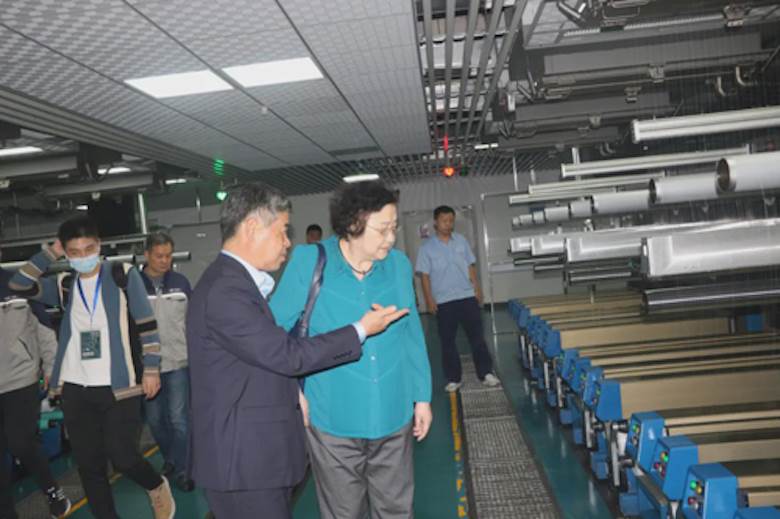Chinese industry ponders spandex expansion

The Chinese city of Xinxiang in northern Henan province recently hosted a major conference focused on the “high-quality” development of the local spandex industry during a “new era” of technical progress. Namely, the time period which will be shaped by the government’s 14th five-year plan (2021-2025).
Organisers of the event included China Chemical Fiber Industry Association, China Textile Engineering Society, Henan Association for Science and Technology, Xinxiang municipal government, Xinxiang Chemical Fiber and Henan Textile Industry Association.
In a speech, president of China Chemical Fiber Industry Association, Chen Xinwei, described the fibre as an “indispensable key material”, but warned the industry to prepare to remain competitive amid ever-changing market dynamics.
Mr Chen particularly highlighted China’s “dual carbon” strategy (ie, the country’s commitment to reach peak carbon emissions by 2030 and carbon neutrality by 2060) as a vehicle for honing its development strategies. He said that use of “smart” and “green” manufacturing methods should now be something of a “starting point” in terms of the country’s overall industrial upgrading.
Cultivating national spandex brands and further expanding the fibre’s applications were also singled out by Mr Chen as avenues for development. He called for the identification of new competitive advantages for the Chinese spandex industry.
Fu Shaohai, dean of the School of Textiles and Clothing at Jiangnan University in the city of Wuxi, Jiangsu province, later delivered an analysis of the spandex dyeing process and ultimately recommended some solutions to enhancing the fibre’s dyeing performance.
Specifically, he said, producers and manufacturers should either adjust the dyeing process by incorporating dyeing auxiliaries (or use "special" dyes), modify the fibre’s molecular structure or innovate spinning technology to help support improved dye results. Mr Fu also suggested the use of composite yarns and hydrophilic surface modification.
Zhengzhou, Henan province-based associate professor or Zhongyuan University of Technology’s School of Textiles, Wei Peng, also presented research into potential future functions of spandex, such as graphene blends, flame retardancy and biodegradability, plus chlorine- and bacteria-resistant properties.
Following the conference, participants toured Xinxiang Chemical Fiber’s spandex-making facility.
Image: CTEI.








